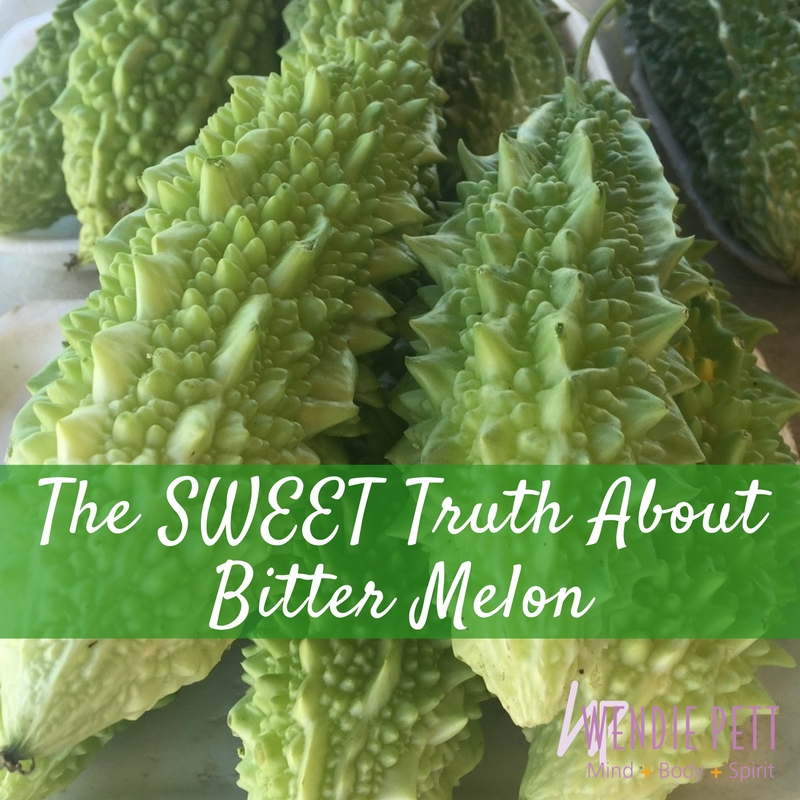
Bitter melon, or momordica charantia, goes by many names: bitter gourd, bitter squash, balsam pear, and balsam apple. It’s a perennial vine that grows in hot, humid climates like Asia, Africa, South America, and the Caribbean. It’s not the prettiest thing, it looks like a long wart-covered cucumber. But don’t let its looks hold you back from trying bitter melon-especially if you are diabetic.
Bitter melon possesses known properties that aid in curing diabetes. Human studies demonstrate a decrease in blood glucose levels within 30 minutes of ingesting bitter melon, with effects lasting up to 12 hours. There is also evidence to prove that bitter melon not only increases the number of cells that produce insulin in the pancreas but also induces insulin secretion.
People in Asia have long used it for its medicinal properties. Aside from diabetes, it aids in treating high blood pressure, high cholesterol, diarrhea, stomach cramps, hemorrhoids, fever, skin infections, painful menstruation, kidney stones, colic, malaria, and glaucoma. It is known for its antiviral, anti-bacterial, anti-fungal, and anti-inflammatory properties. This means it’s helpful in treating problems like measles, psoriasis, ringworm, and gout pain. Natural healers also recognize the fruit for its ability to boost energy, strengthen immunity, heal wounds, balance hormonal levels, improve sleep, enhance libido, detoxify the liver and blood, improve circulation, promote milk flow, and alleviate respiratory problems like asthma, bronchitis, and pharyngitis. It is also known as a mild laxative.
So it pretty much cures EVERY thing. 🙂
There is a catch. True to its name it is slightly bitter. One of the best ways to get around the bitter flavor is to ingest your bitter melon in a juice or in a stir-fried medley.
Here are some great juice recipes.




